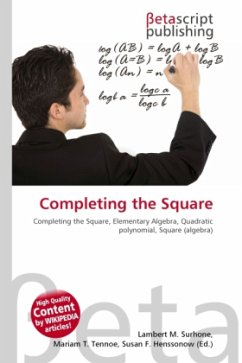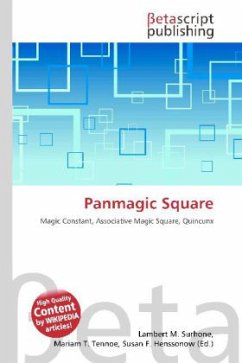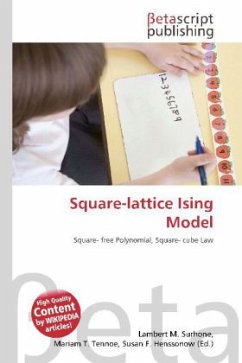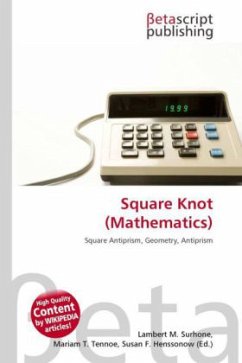Please note that the content of this book primarily consists of articles available from Wikipedia or other free sources online. Squaring the square is the problem of tiling an integral square using only other integral squares. (An integral square is a square whose sides have integer length.) The name was coined in a humorous analogy with squaring the circle. Squaring the square is an easy task unless additional conditions are set. The most studied restriction is that the squaring be perfect, meaning that the sizes of the smaller squares are all different. A related problem is squaring the plane, which can be done even with the restriction that each natural number occurs exactly once as a size of a square in the tiling. A "perfect" squared square is a square such that each of the smaller squares has a different size. It is first recorded as being studied by R. L. Brooks, C. A. B. Smith, A. H. Stone, and W. T. Tutte, at Cambridge University. They transformed the square tiling into an equivalent electrical circuit they called it "Smith diagram" by considering the squares as resistors that connected to their neighbors at their top and bottom edges, and then applied Kirchhoff''s circuit laws and circuit decomposition techniques to that circuit.
Bitte wählen Sie Ihr Anliegen aus.
Rechnungen
Retourenschein anfordern
Bestellstatus
Storno








